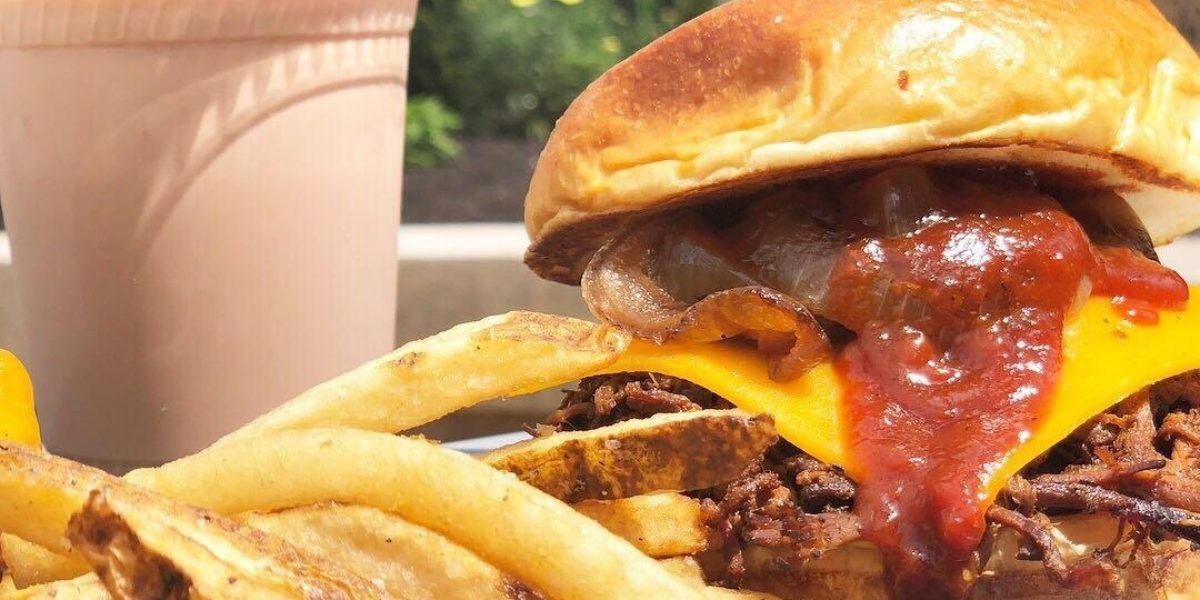
Eat Like a Man
With few exceptions, most marketing of healthy foods is geared towards women. Unfortunately, men are left out of these important conversations and should prioritize a healthier lifestyle just as much as women.
To get men up to speed, we’ve put together a few common misconceptions men might have about food and nutrition:
1. Men need more calories than women, so they don’t need to watch what they eat.
Men generally have a higher percentage lean (muscle) mass then women, and are typically larger then women both factors leading to higher calorie needs. However men are more prone to carry extra weight in the belly area increasing their risk of heart disease, so a little extra weight can be more harmful for men. Even though most men have a larger amount of calories to work with in the day it is still important to consume a proper calorie: protein: fat ratio for good health. The current Dietary Guidelines for Americans recommends the following ratios:
· Carbohydrates 45%-64% of calories
· Fat 20%-35% of calories
· Protein: 10%-35% of calories
2. Protein builds muscle, so it is the most important nutrient for men.
While protein intake does have a direct impact on muscle growth and repair most Americans (especially men) get more then we need. Excess protein turns to fat in the body so more is not always better. How much should you have?
The average man (or women for that matter) should try to consume .8 grams or protein per kilogram of body weight. For example a 180 pound man should consume about 65 grams of protein a day. To put that into perspective a 4 ounce cooked chicken breast (a piece slightly large then a deck of cards) has 35 grams of protein. If you exercise regularly and are trying to increase your lean muscle mass you can increase the amount of protein to around 1-1.2 gram per kilogram. Unless you are an elite athlete there is no need to have huge steaks and protein drinks every day.
3. What is fiber and why do we need it?
Fiber is a type of carbohydrate that the body can’t digest. Why does this matter?
Soluble fiber (the type that dissolved in water) helps maintain glucose levels as well as helps lower bad cholesterol. Foods with soluble fiber include oatmeal, nuts, beans, and fruit. Insoluble fiber (they type that does not dissolve in water) helps food move through your digestive system; keeping you regular. This is especially important for men as it can lower the risk of colon cancer.
Making at least half your grains whole grains, like brown rice, whole wheat bread and have plenty of vegetables will help you reach your insoluble fiber goals. Men 19-50 years old should try to get 38 grams a day of fiber.
4. Light beer doesn’t have that many calories.
While some men wear their beer bellies as a badge of honor as previously mentioned extra weight in the midsection can increase your risk of heart disease. As you are throwing back several beers on a Saturday night the thought of how many calories are in them likely doesn’t cross your mind. Standard 12 fluid ounce beers can have between 120 and 200 calories each; IPAs tend to have the most calories. Light beers range from 65-100 calories. What does that mean for you?
Let’s say your beer has 150 calories each and you have 4 beers on a Saturday. That is 600 calories. Over the course of a year that is 31,200 calories or about 9 pounds!! I am certainly not saying to avoid beer; but if you know you are going to be indulging on the weekend try to lower your calories a bit during the week or increase your physical activity to compensate.
Even though nutrition and wellness don’t have a manly connotation it is just important for men to think about. Understanding what is in your food and drink and what your body needs will help you stay strong and healthy.
+++
This article first appeared on Thrive Global on June 21, 2018.
+++
For more information about FLIK Hospitality Group or the FLIK Blog, please e-mail us at flikblog@compass-usa.com